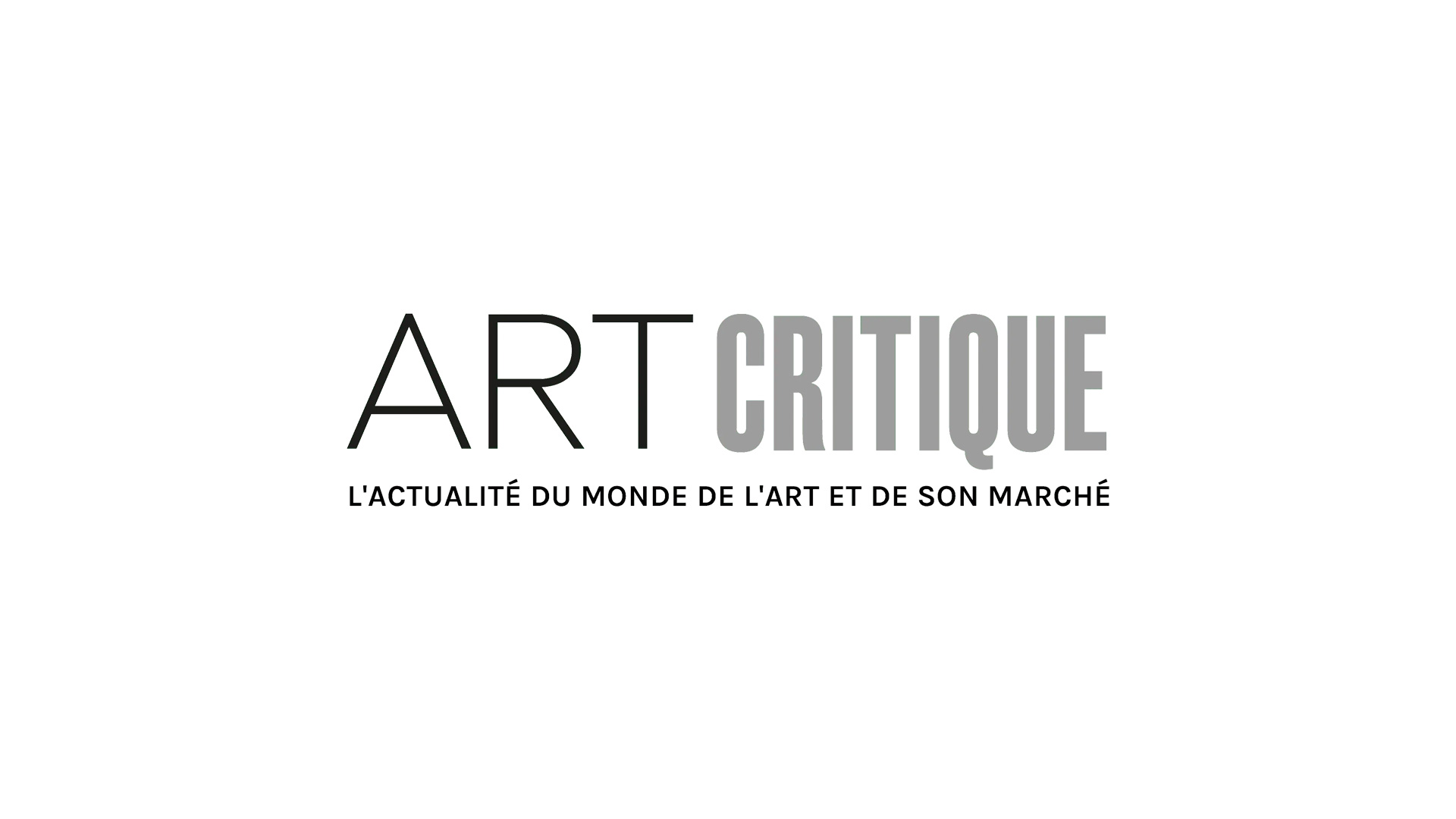On May 31, 2020, the art world suffered the incredible loss of the artist Christo. Whether it was surrounding islands in Biscayne Bay with pink fabric or wrapping Paris’s Pont Neuf bridge, no building or natural wonder was too ambitious to transform into art. Although he left us at the age of 84, the vast archive of sketches and photographs will be cherished by collectors and those lucky persons who had the opportunity to experience the work of both Christo and his life partner, Jeanne-Claude.
Christo was born in Bulgaria in 1935 to intellectual parents who encouraged progressive ideals and his artistic career. Christo studied at the Fine Art Academy in Sofia from 1952 to 1956. At the time, the curriculum was Soviet Socialist Realism, which discouraged capitalist forms of artwork in favor of populism. These early years likely influenced his passion for creating large scale public works. When the Hungarian Revolution broke out, he fled to Austria.
The artist settled in Paris in 1958. He soon met his life partner and collaborator, Jeanne-Claude de Guillebon, while drawing portraits on the street. As two creative souls who were born on the same day, and even the same year, they shortly began creating artwork together. They started with wrapping smaller objects like frames and barrels, but their ambitions outgrew their resources. Four years after the birth of their son, Cyril, they moved to New York City, where, decades later, they would create one of their most important projects, The Gates in Central Park (2005).
Christo and Jeanne-Claude collaborated on works that would shift the paradigm of scale and sculpture. Their massive projects, predominantly self-funded through studies, sketches, and 3D models, were always temporal. Jeanne-Claude famously said, “The fact that the work does not remain creates an urgency to see it. For instance, if someone were to tell you, ‘Oh, look on the right, there is a rainbow.’ You will never answer, ‘I will look at it tomorrow.'” Creating ephemeral sculptures that spanned kilometers of a landscape such as Valley Curtain (1972) in Colorado or Wrapping the Reichstag (1995), made the impossible possible.
The duo were both persistent and optimistic in the face of resistance from environmental activists and governmental organizations. In an interview with Sculpture Magazine Christo said, “We have critics all the time—to the very end, just before the project is realized.” They conducted environmental impact studies and in some cases, cleaned significant parts of their sites. In Surrounded Islands (1983) alone, crews cleaned more than 36 metric tons of garbage from the Biscayne Bay. They worked with hundreds of volunteers to build artworks that often had a profound impact on their communities and challenged the general public’s notions of what art was.
Jeanne-Claude died in 2009. Although deeply saddened, Christo honored a promise they made to each other and continued their art. He went on to create Floating Piers (2016) in Lombardy, Italy, and the London Mastaba (2018) in Hyde Park. Christo also continued to hold over 50 exhibitions where he continued to highlight the couple’s process, legacy, and impact on the art world.
Although Christo and Jeanne-Claude are no longer with us, we can still look forward to experiencing the last work of their oeuvre, L’Arc de Triomphe, Wrapped. The work initially planned for fall 2020 was postponed due to the COVID-19 pandemic. From Saturday, September 18 to Sunday, October 3, 2021, the Arc de Triomphe will be wrapped in 25,000 square meters of recyclable silver-blue fabric and 7,000 meters of red rope. For a partnership born in the City of Light, nothing seems more fitting than that their final adieu to the world should also be there. They will be missed, but more importantly, they will be remembered.





